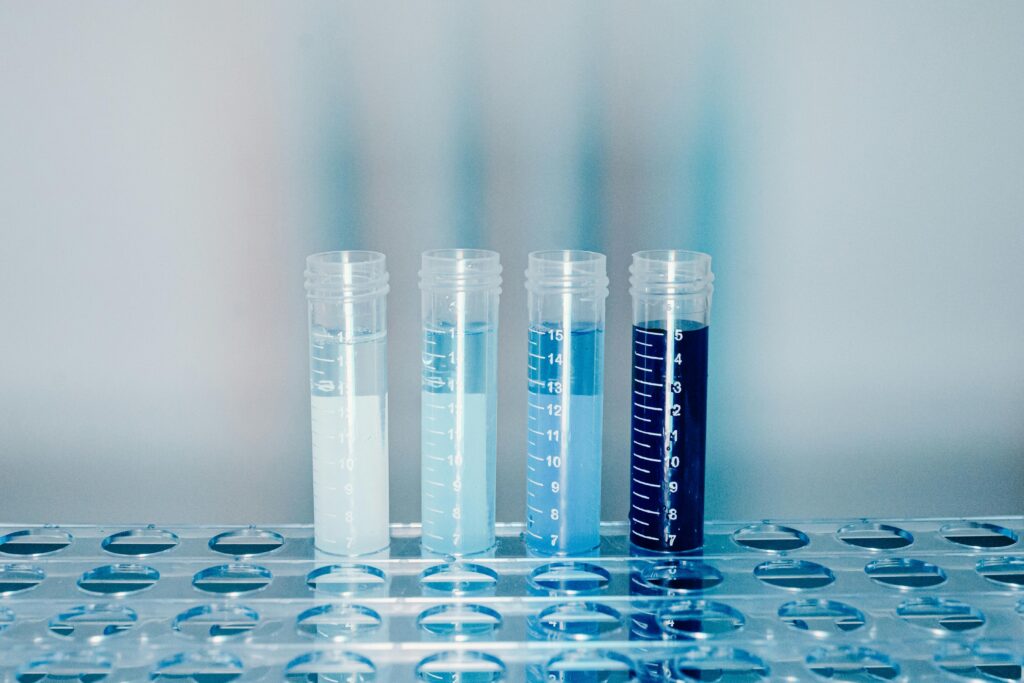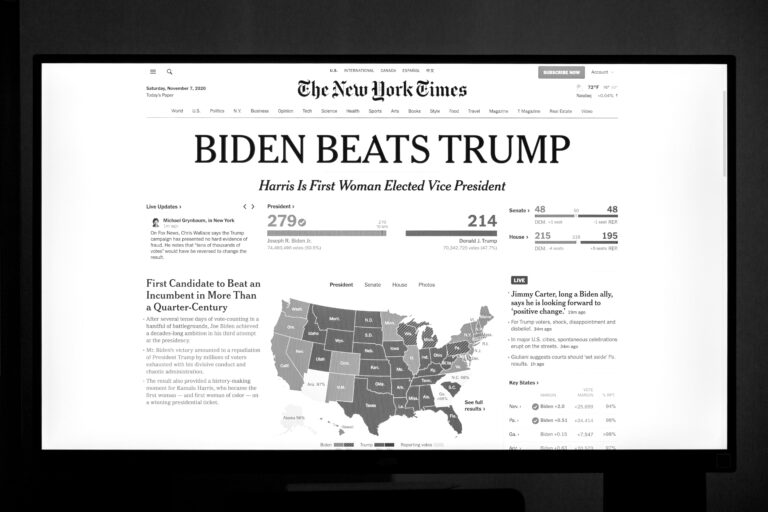
How AI is Transforming A/B Testing
1. Automated Test Creation
Manual test setup can slow down experimentation. With AI-powered platforms like Adobe Target and Dynamic Yield, you can generate multiple variations of landing pages, emails, or ad creatives in seconds. AI analyzes historic performance and suggests the best combinations to test.
2. Predictive Analysis
Tools like Google Optimize 360 (now integrated into GA4) use AI to predict outcomes based on sample data—helping you choose probable winners before even reaching statistical significance.
3. Adaptive Testing
Unlike traditional A/B testing, where you wait for results before acting, adaptive testing continuously redirects traffic toward better-performing variants. VWO and Evolv AI offer machine learning capabilities that allow marketers to scale experiments without a hard stop.
4. NLP for Copy Optimization
With tools like Copy.ai and Jasper, AI helps brainstorm alternate versions of headlines, CTAs, or descriptions—each tailored to specific audience segments. These variants can be instantly plugged into multivariate tests.
Brands Leading the Charge with AI A/B Testing
Amazon: Precision at Scale
Amazon uses reinforcement learning to personalize homepage layouts in real time. Their AI models test countless combinations—from banner positioning to offer types—to increase conversions by segment.
The New York Times: Smarter Headlines
The media outlet uses a proprietary AI system that auto-tests headlines based on click-through and scroll depth. It doesn’t just identify what works—it helps editors understand why.
Booking.com: Continuous Experimentation
A/B testing is baked into every layer of Booking.com’s design process. They run more than 1,000 tests daily, many now guided by AI algorithms that auto-adjust variations based on performance benchmarks.
Continue reading…
Up next: A full workflow on how to implement AI A/B testing—from setup and tool selection to interpretation and iteration.


